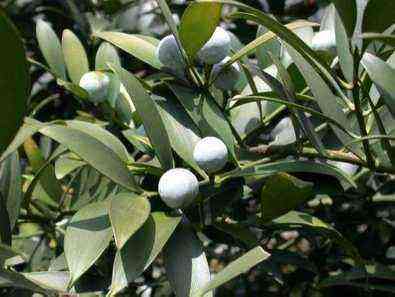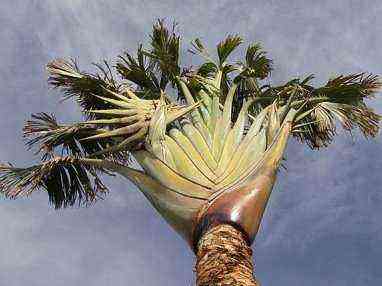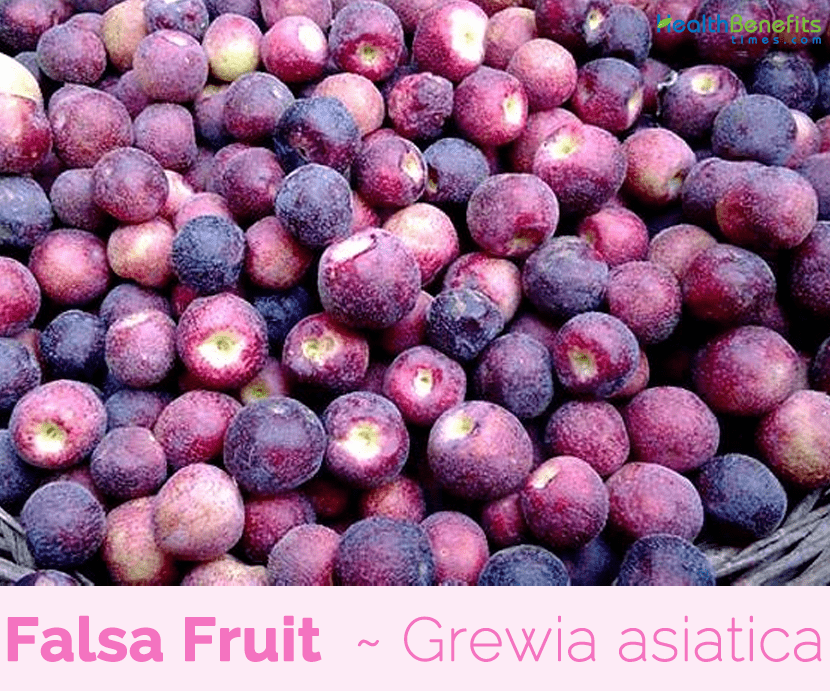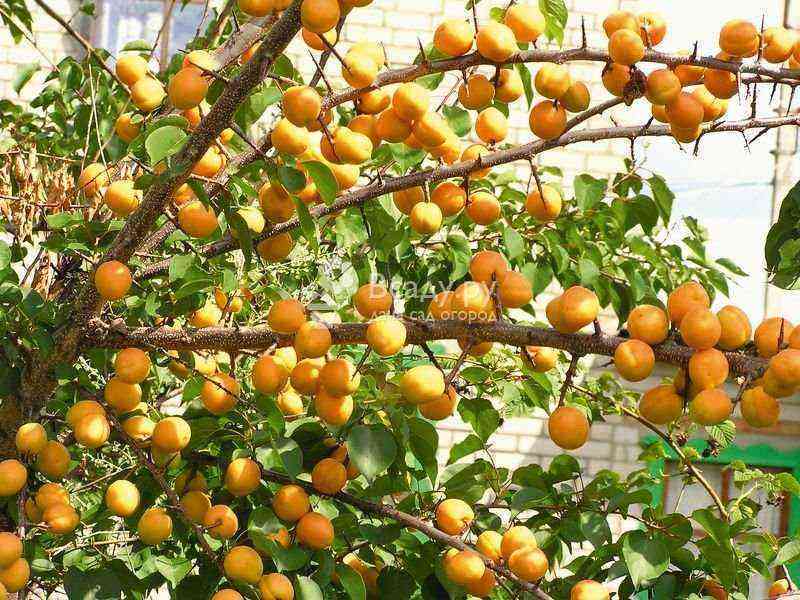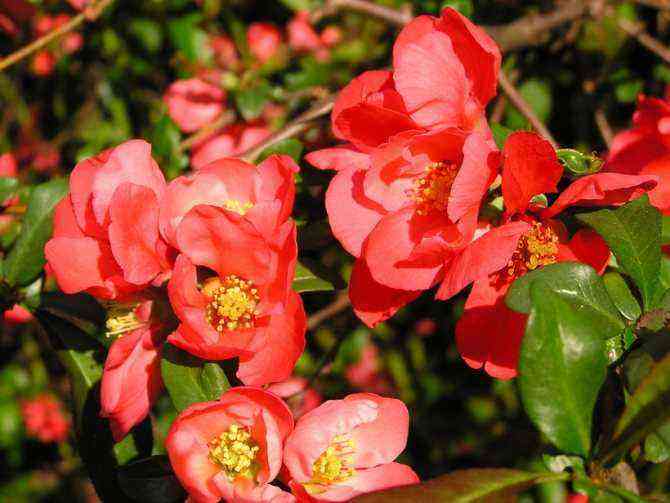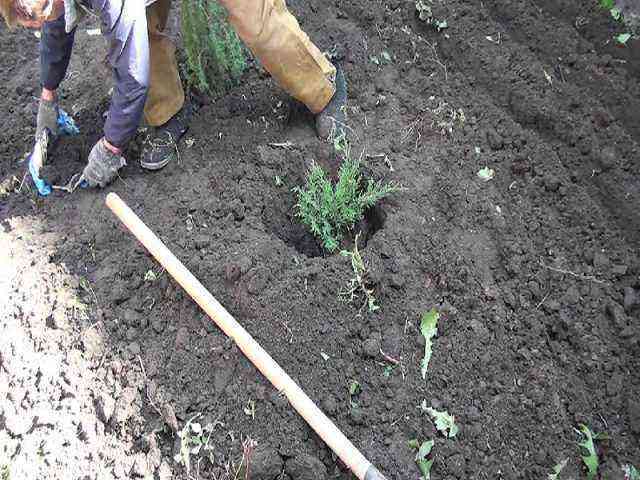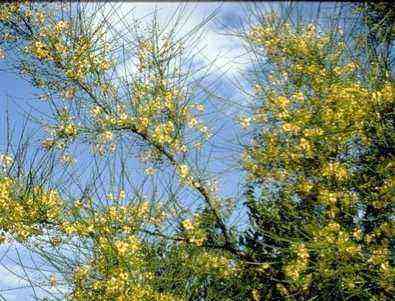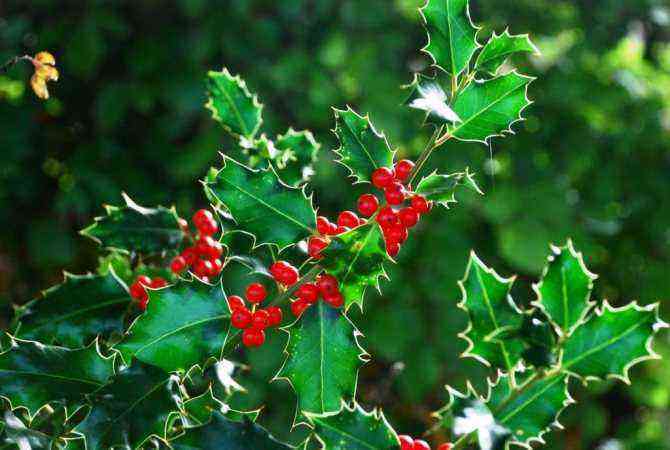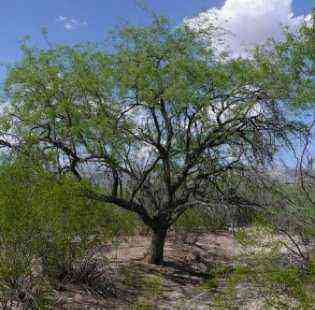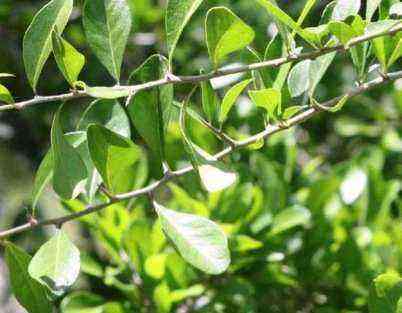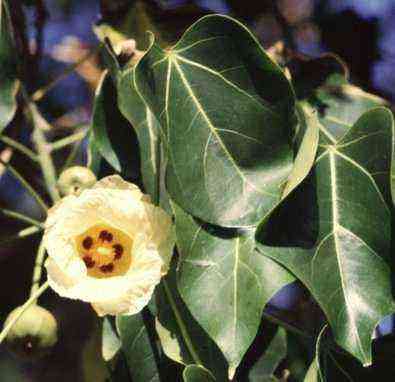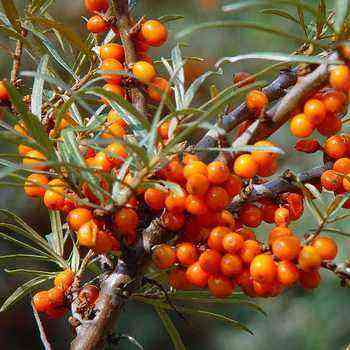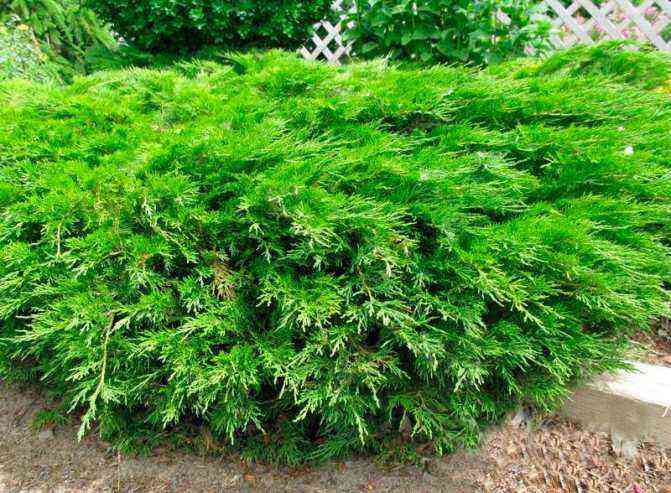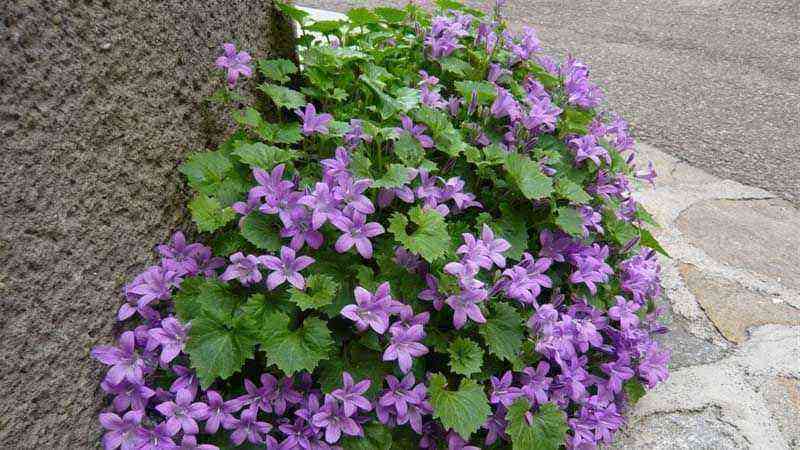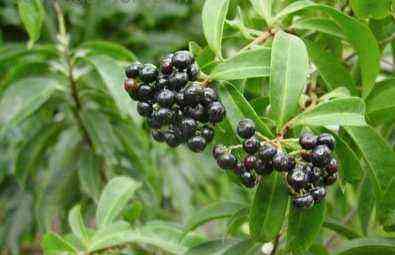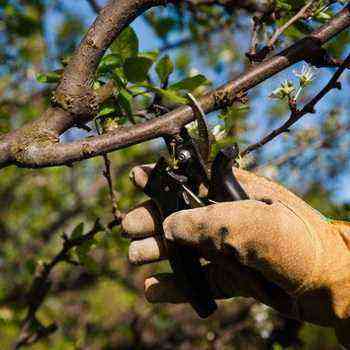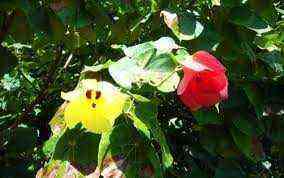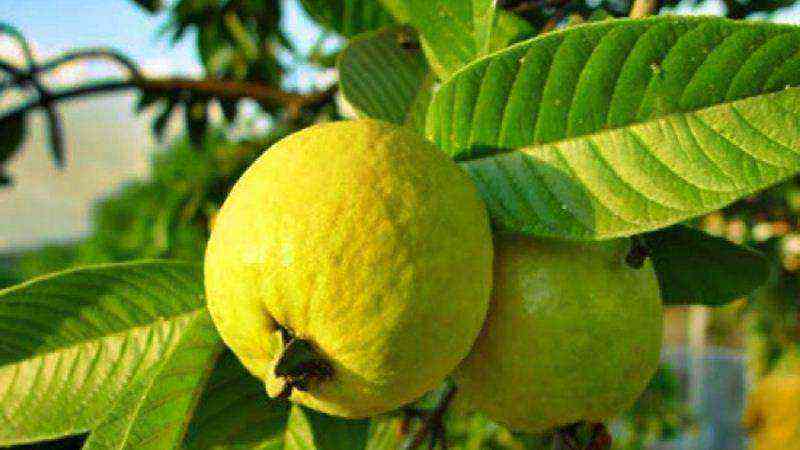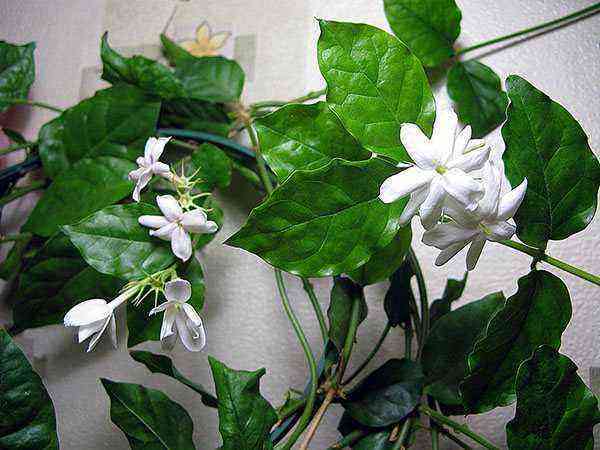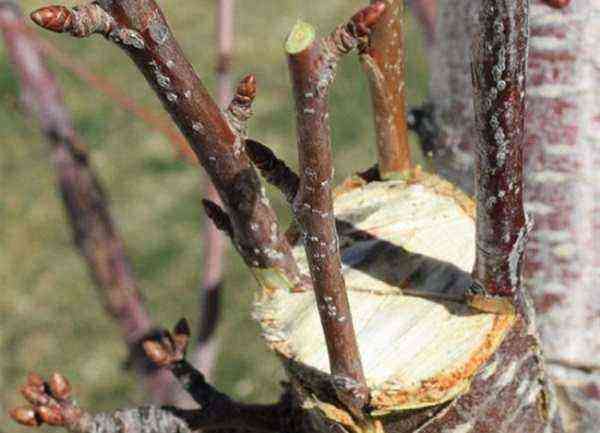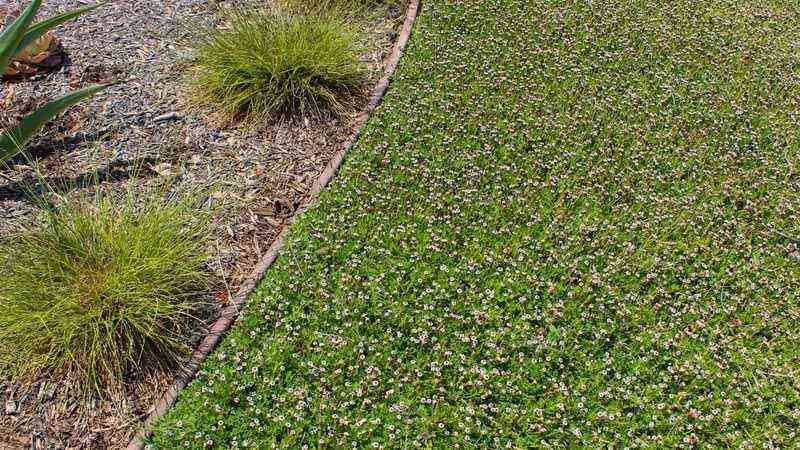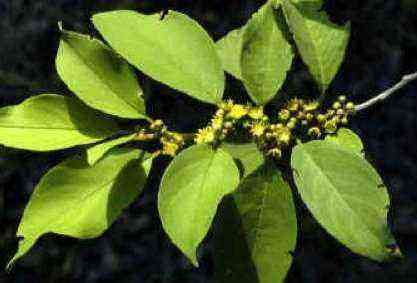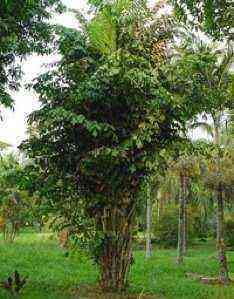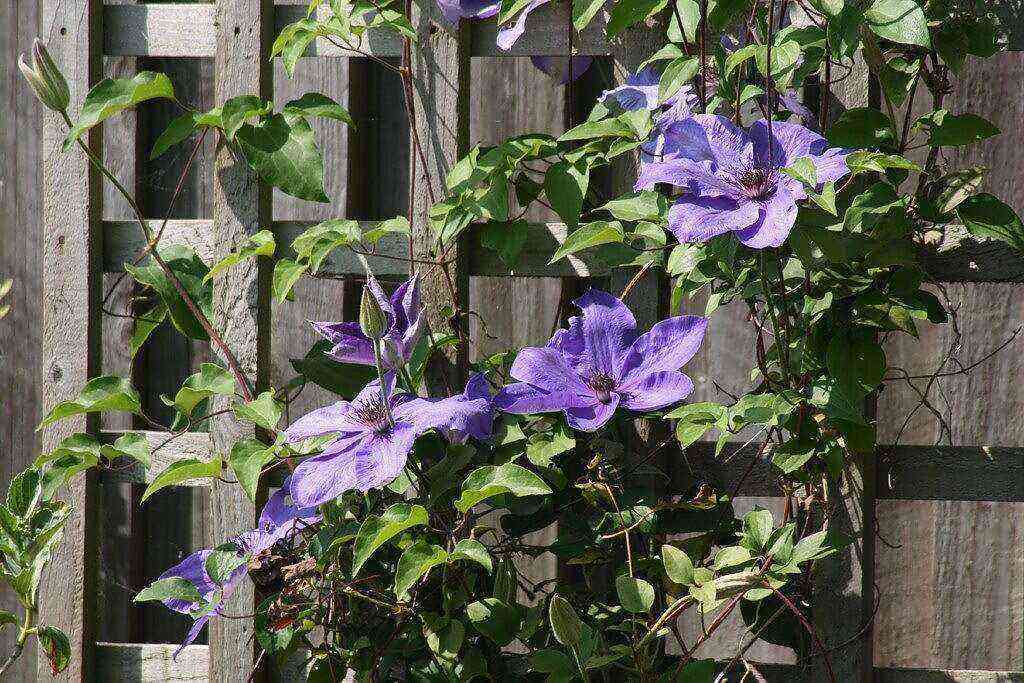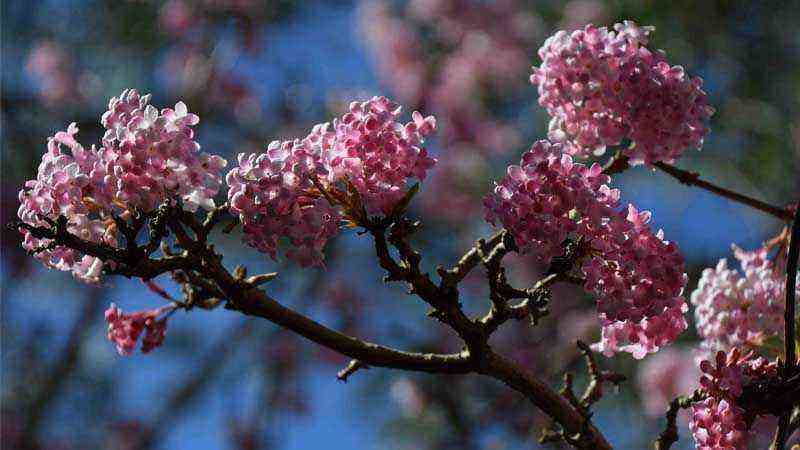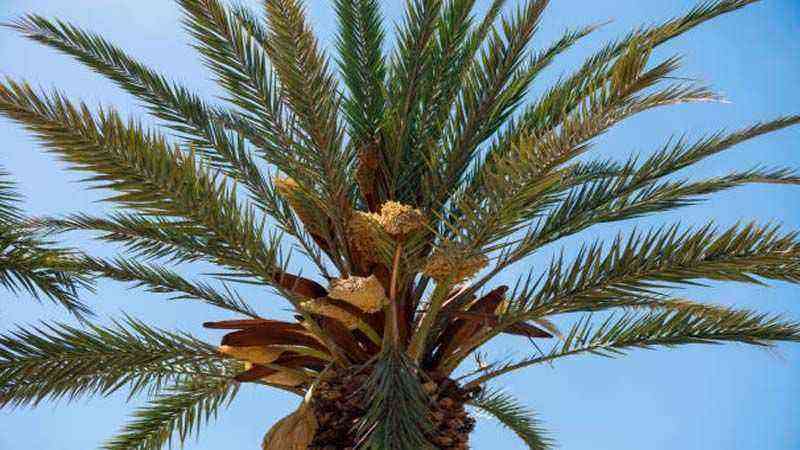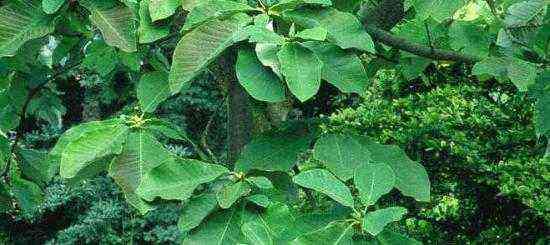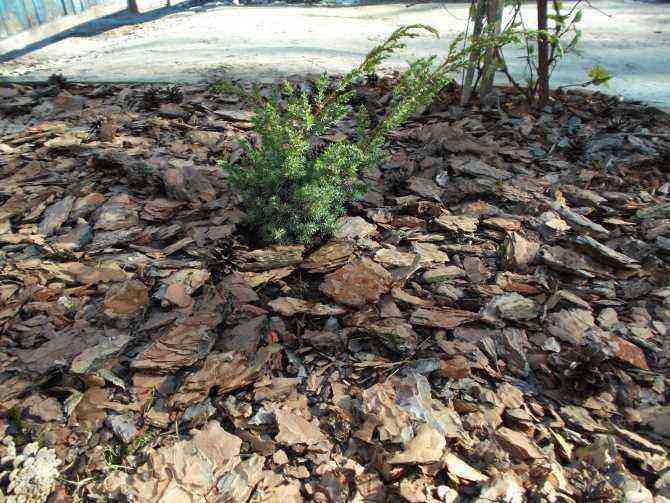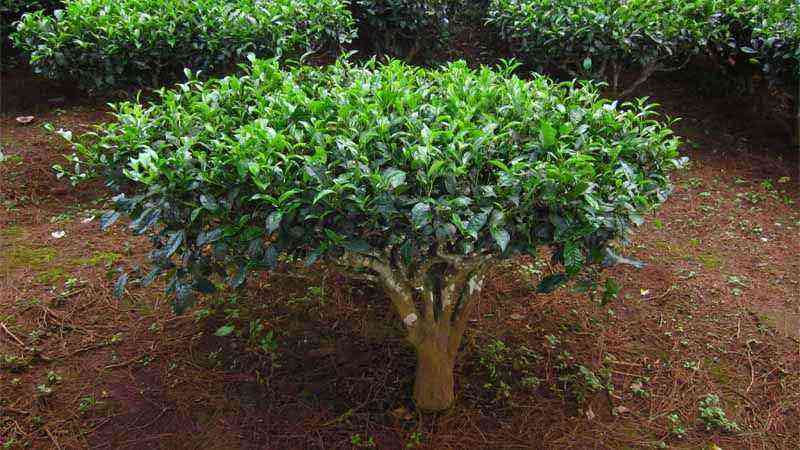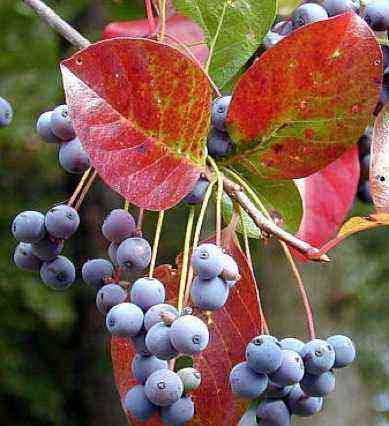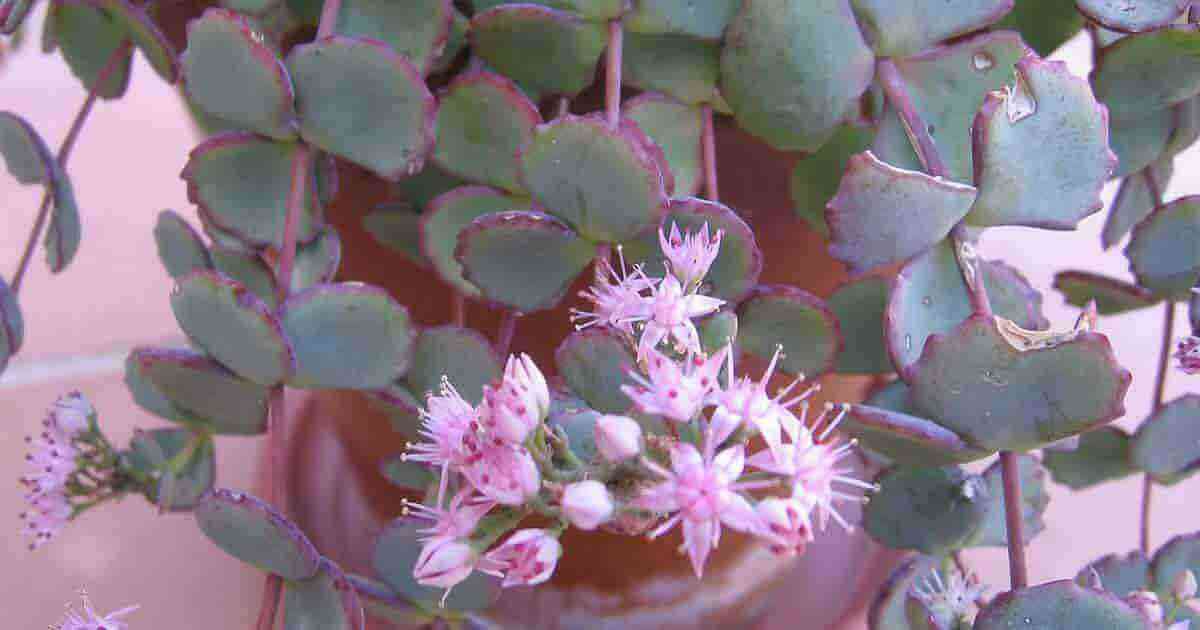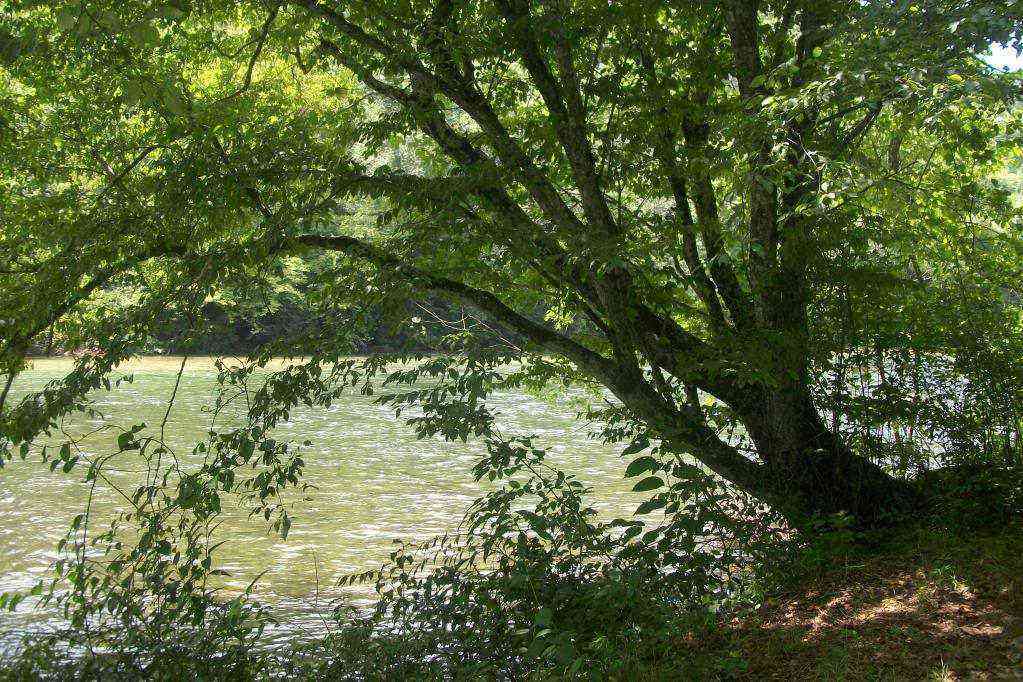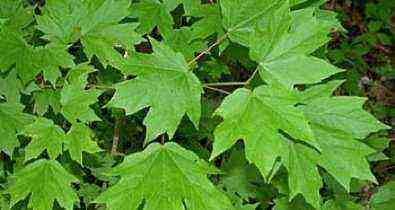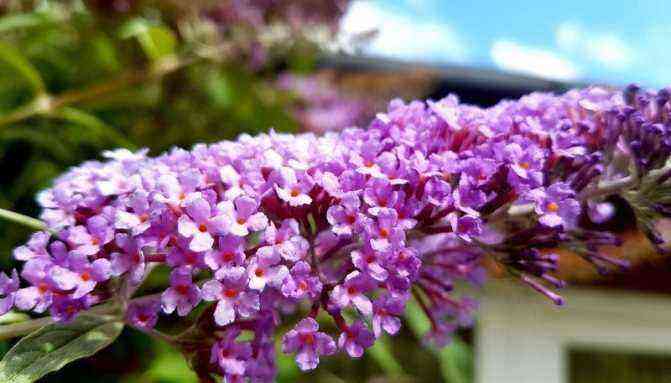Bushes and trees
0
296
Article rating
Kira Stoletova
Siberian larch (in Latin Larix Sibirica) is a coniferous gymnosperm tree belonging to the Pine family. Due to its large size in landscape design, it is mainly suitable for decorating park areas. For the purpose of landscaping small personal plots, it is rarely used.
Siberian larch: what a plant looks like and where it can be grown
European larch: description
The tree mostly grows in mixed or coniferous forests of Central and Western Europe. In its natural environment, it is an alpine inhabitant of the Carpathians and the Alps (1000-2500 meters above sea level), sometimes “descending” below. This explains the two main features of European larch – a complete intolerance to waterlogging and a great demand for illumination. The tree lives for several hundred years (up to 500) and is rightfully considered a long-liver.
European larch in nature grows up to 50 m in height, while the trunk in diameter reaches from 80 to 100 cm, less often – 150 cm. Thanks to such an impressive size, it looks majestic. The crown is characterized by a conical, irregular shape. The bark has longitudinal cracks, the color is brown, sometimes with a grayish tint. The tree has a powerful rod-type root system that goes to a considerable depth. This allows you to withstand any winds and keep the soil from shedding, for example, on cliffs. The needles are collected in large bunches of 20-40 pieces, have a light green color, often with a light bluish bloom. Larch needles are soft and elastic to the touch, from 10 to 40 mm long.
The cones of the tree are ovoid, oblong or conical, purple at a young age, and brown at maturity. They are relatively small in size: 2-2,4 cm in diameter, and up to 6 cm long.
In the garden, European larch with its delicate greenery looks good against the background of other conifers (spruce, pine, juniper, fir), as well as deciduous species – oaks, limes, maples. Quite a lot of unusual and bright decorative forms have been bred, let’s dwell on the most common ones.
Medicinal properties
Siberian larch has excellent health properties. The use of preparations based on raw materials from Siberian larch has many therapeutic effects:
- enveloping
- painkiller
- laxative
- antimicrobial
- anti-inflammatory
- antihelminthic
- wound healing
- antitoxic
- antiviral
- gynecological
- hemostatic
Larch needles contain such useful substances as: vitamin C, essential oils, adhesives. The bark is rich in the content of such elements as: Catechins, Gums, Flavonoids, Organic acids, Tannins.
The gum has a healing effect due to the content of such products in its composition: Rosin, Essential oils, Abietic acid, Fatty acids: palmitic, oleic, linolenic.
The use of larch as a medicine is due to the fact that individual parts of this tree have significant healing properties, and are used in the treatment of many diseases.
Needles are an excellent remedy for diseases such as:
- Hypertension
- C-deficiency
- Scurvy
- Periodontal disease
- Smell from the mouth
Young shoots can help in the treatment of such ailments:
- Cough
- Bronchitis
- Urolithiasis disease
- Helminthiasis
- Flatulence
- Constipation
- Rheumatism
- Gout
- Neuralgia
Larch resin has a truly miraculous effect in the treatment of:
- Sore throats
- Gingivitis
- Open wounds
- Inflammatory diseases
- Poisoning
- Diseases of the gastrointestinal tract, including: gastritis, duodenitis
- Viral diseases
- Gout
- Rheumatism
- Muscle inflammation
- Neuralgic diseases
- Respiratory diseases
- Abscesses
Siberian larch bark is a good panacea for the following health problems:
- Excessive menstrual bleeding with severe pain
- Diarrhea
- Intestinal infections
- Radiculitis
- Headache
- Toothaches
- Encephalitis
- Kidney disease
- Diseases of the heart and liver
Larch sponge, which is a tree fungus that grows on the trunk of a larch, allows you to defeat many diseases, including:
- Lung disease: tuberculosis
- Heavy bleeding
- Constipation
- Excessive sweating
- Boiling larch twigs for 48 hours is an excellent cure for excruciating headaches, heart pains, as well as liver and kidney diseases. This broth should be taken three times a day, one teaspoon.
- Festering wounds and ulceration, a tendency to the manifestation of boils, eczema, burns, cracks in the skin will be able to overcome an ointment based on the sap of Siberian larch. To do this, you need to mix larch resin, yellow wax and propolis, as well as sunflower oil, taken in equal proportions, and melt it all in a water bath. Having cooled down, this mass becomes an excellent healing ointment, which should be applied externally to the affected areas, and compresses can also be made.
- Larch resin can cope with excruciating toothache, you need to chew and put on a sore tooth. The pain subsides after a couple of minutes.
- The resin is also used in the treatment of hemorrhoids. After kneading the resin and making a resemblance of a rectal candle out of it.
- Bronchitis, pneumonia, cough, tuberculosis and other pulmonary pathologies will help to heal the sap of Siberian larch. You can use it in inhalation or, by boiling it in milk, drink it three times a day.
- To cope with gastric diseases: heartburn, duodenal ulcer and so on, resin can, which must be swallowed 12 times a day before meals, 3 grams.
Bullets
In this form, European larch (see photo above) is a dwarf tree with a narrow crown and hanging shoots, like the weeping European larch. The average height reaches 1,5-2 m. The form is frost and winter hardy. The needles are green, with a gray tint. It is used in both single and group plantings, but needs enough space for good development.
In addition, it should be noted such forms (varieties) of European larch as Compact, Corley, Fastigata, Kellermani, Repens, Virgata, etc. When choosing one or another specimen, you need to think, firstly, about its size, and about whether there will be a place for it on the site; secondly, about the growth rate – dwarf varieties grow very slowly, so they will be appropriate even in a small garden. Third, think about whether you can provide the right conditions, and also take into account climatic factors.
Chemical composition
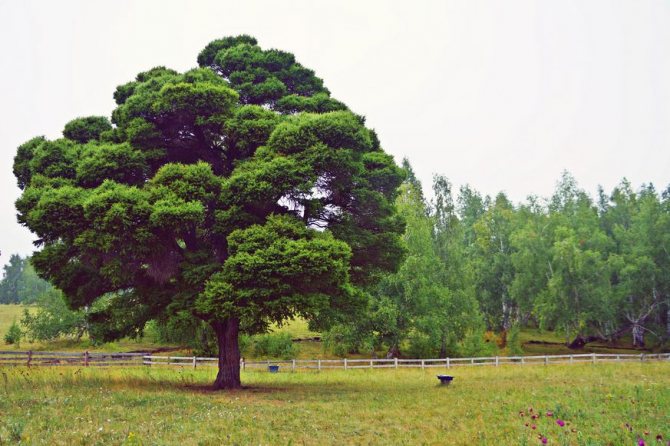
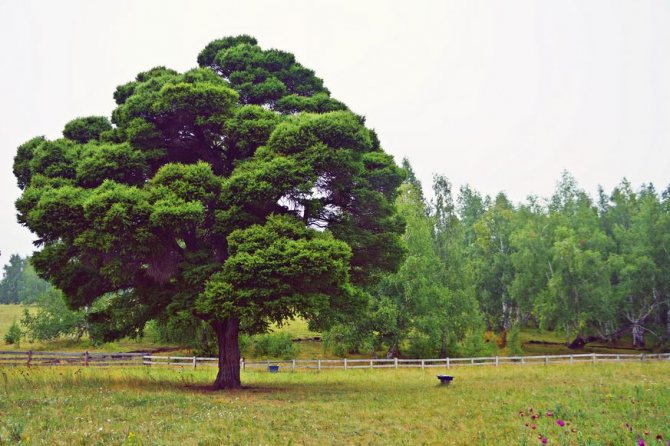
The unique properties of larch are due to its special chemical composition, which should be discussed in more detail.
Carotene
A first-class stimulant and antioxidant that protects the body from the negative effects of free radicals, which in turn significantly reduces the likelihood of developing cancer.
Lignin
It absorbs and then removes from the body staphylococcus, salmonella, toxins, ammonia, heavy metal salts, as well as a wide variety of allergens, thus improving overall well-being.
Glycosides
They have a vasodilating and diuretic effect, promote easy sputum discharge when coughing and neutralize pathogenic microbes.
organic acids
They normalize digestion and restore the desired level of acidity. They stimulate the formation of red blood cells and improve blood clotting rates, as well as relieve inflammation and pain syndromes. In addition, organic acids contained in larch contribute to the normalization of sleep.
anthocyanin
These substances strengthen the heart muscle, blood vessels and capillaries, slow down the aging process and prevent the development of Alzheimer’s disease. Anthocyanins perfectly fight bacterial infections, relieve inflammation, normalize metabolic processes, stabilize the functions of the nervous system and significantly reduce the risk of diabetes and cancer.
Flavonoids
They are characterized by the ability to stabilize the work of the nervous system, as well as normalize blood pressure and heart rate. Another beneficial property of flavonoids is to strengthen capillaries and improve blood clotting.
Gum
Reduces cholesterol levels and quickly removes toxins. It is used as a means to reduce appetite and to neutralize the negative effects of various drugs, in particular antibiotics.
Site and soil selection
The tree is characterized by good winter hardiness and rapid growth. The last factor should be considered when choosing a place on the site. Therefore, the planting of European larch should be well planned, it is worth considering whether the planted tree will create unnecessary shading for you in the future. It is believed that the plant is not particularly demanding on soils, but it does not tolerate waterlogging at all. It will feel equally good on black soil, calcareous and shale rocks, but the most optimal option is loam with moderate moisture. The tree is resistant to air pollution, therefore it is often used in urban landscaping.
Reviews
Siberian larch is in great demand among gardeners.
The tree grows on any type of soil, is not afraid of frost, gas pollution and, with good care, is not damaged by diseases – an excellent option for both beginners and those who do not have a lot of time for close attention.
The culture is perfectly propagated by seeds, which, after transplanting to the site, give strong seedlings with all varietal characteristics.
In addition, she safely transfers the neighborhood of various perennials, which makes it possible to use this culture in unusual garden compositions.
Planting European larch
Like all other conifers, it is sensitive to transplants, and as an adult it takes root in a new place poorly. The most optimal age of the seedling is 1-2 years. Give preference to those that are grown in a container and have a closed root system. Planting of European larch is carried out either in early spring (before the buds bloom), or in late autumn, when the leaves have already fallen.
The planting pit is prepared depending on the size of the seedling. If desired, you can completely remove the soil and prepare a new one, the most balanced in composition. Experts recommend mixing turf, peat and coarse river sand in a ratio of 3: 2: 1. Fill the planting hole with it in the fall if spring planting is planned, or let it stand for at least a couple of days. Drainage is required in exceptional cases, if the site has heavy clay soil. In this case, pour a layer of broken brick 20 cm thick on the bottom.
Some general information
Siberian larch is part of the Pine family, and has all the distinctive features of the genus – it grows in the form of a spruce or cedar, and instead of leaves it has needles. Although, in fact, her needles are nothing more than leaves of a peculiar kind. The transformation of the leaves helped the trees adapt to the sharp cooling that occurred on the planet 20-25 thousand years ago. Therefore, scientists consider conifers to be the most ancient on Earth.
But, apparently, at that moment something went wrong with the larch, and she began to shed her needles every year, differing in this sign from other members of the family.
As you know, the needles of evergreen trees are covered with a waxy coating, which contains cutin, a substance that prevents moisture evaporation and protects the needles from frost. Larch does not produce cutin, the plaque on its needles is almost invisible, as a result – the tree is forced to shed its needles every autumn.
As a rule, the needles from the Siberian larch fall off in October, while those of its closest relative growing on the American continent fall off the needles in November.
Larch is not the only coniferous tree that gets rid of needles in the fall. Similar behavior is observed in kaempfer (false larch), taxodium, metasequoia, and some species of the Cypress family. Seasonal discharge of needles from them occurs for various reasons.
As for Siberian larch, it really grows in the harsh climate of the Urals, Siberia, the Far East, the European part of Russia, where nature makes special demands on trees.
The tree grows along with other members of the family – spruce, pine and cedar, but sometimes forms separate forests. If you happen to visit the Siberian taiga in winter and find a whole forest of coniferous trees without needles, do not rush to sound the alarm and talk about an environmental disaster and dead trees. In the spring, the trees will come to life and cover with fresh leaves-needles.
Related article: Phyllanthus emblica description and features
European larch: care
The basic rules for growing this ephedra are concluded in three aspects:
- Mulching is carried out immediately after planting with sawdust or peat.
- Loosening is carried out only at a young age to a depth of no more than 20 cm.
- Removing weeds as needed, do not let the soil become sod.
- Fertilization. It is recommended to add special preparations, for example, “Kemira”, to the soil in early spring every year from 2-3 years of growth.
- Watering. European larch is sensitive to drought. In such a summer, she needs regular watering (15-20 liters for an adult plant) twice a week.
- Shelter for the winter. It is not required for the original species, most forms are quite winter-hardy and frost-resistant, but dwarf stems must be wrapped in breathable material.
Reproduction of European larch
Breeding is possible in three ways:
- seminal;
- graft;
- vegetative.
The first is practically not used, since cuttings have a low survival rate. Grafting is advisable for the reproduction of especially valuable and decorative forms. Therefore, the seed method remains the main one.
To get the seeds yourself, harvest the current year’s dry buds in late fall. Then they are stored in a dry place until the seeds are fully opened and released. Sowing is best done before winter. To do this, prepare small boxes with light soil. Spread the seeds thicker as they do not germinate very well. Cover the boxes with plastic wrap and wait for the first shoots. In the spring, the seedlings should be placed on the lightest windowsill and watered regularly. In 2-3 years, the seedlings will grow up, and they can be planted in open ground. European larch grows quickly, in 5-6 years you will get a fluffy meter tree with delicate needles.
It is European larch that is actively used in landscaping parks and cities. Planting and caring for it does not cause difficulties, and rapid growth and resistance to gas polluted air give a significant advantage over other conifers. It looks great in large arrays, in single plantings, mixed groups. Experts in the field of landscape design recommend choosing European rhododendrons, lilacs, mock-mushrooms, brooms as partners for larch, as well as such trees and shrubs, the foliage of which acquires red, crimson shades in autumn, and thereby ideally emphasizes the yellowing needles.
Application in garden design
This coniferous species is one of the most demanded in the modern landscape:
- planted singly or in groups to grow a beautiful hedge;
- willingly used for landscaping parks, alleys, squares;
- the falling of needles begins in November, so the tree is combined with other decorative perennials – rhododendrons, lilacs, hydrangea, broom and mock orange;
- used to create protective strips in flattering terrain.

